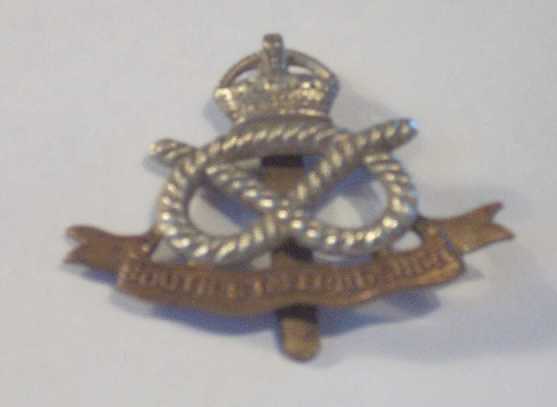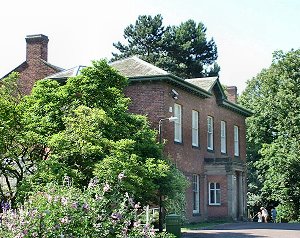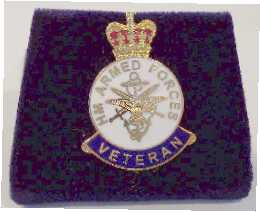At
the age of 16 my pal Geoff Griffiths and I decided to make
our contribution to the War Effort. By coincidence, the
Battalion O/C Lt. Col. Gameson Lane was my headmaster at
Wolverhampton Intermediate School. So one evening, in midsummer,
we turned up at the Star Aluminium Social Club (Temple Street,
Wolverhampton), giving details of our enhanced years, which
had overnight miraculously grown to seventeen.
Shortly
after enrolling we duly reported for duty one evening at
the Battalion HQ, so that training could start. This was
generally arms and marching drills.
I
was trained with
 a
Browning water-cooled machine gun which eventually I could
dismantle and reassemble in the pitch dark. We were also
trained on the Browning Automatic Rifle and Tommy Gun. Arms
drill with rifle was soon learned. Some months later we
were given our own rifle and uniform. My first night on
duty was at the Black Horse, Thompson Avenue. where we each
stood guard until the morning. Playing brag with old sweats
was usually from dusk to dawn. We were dismissed in the
early morning to make our way home, generally walking or
cycling as local buses had not commenced operation.
a
Browning water-cooled machine gun which eventually I could
dismantle and reassemble in the pitch dark. We were also
trained on the Browning Automatic Rifle and Tommy Gun. Arms
drill with rifle was soon learned. Some months later we
were given our own rifle and uniform. My first night on
duty was at the Black Horse, Thompson Avenue. where we each
stood guard until the morning. Playing brag with old sweats
was usually from dusk to dawn. We were dismissed in the
early morning to make our way home, generally walking or
cycling as local buses had not commenced operation.

Guard
duty was carried out at Bantock House (shown right), the
Black Horse, Goldthorn Hill (at the top of the water tower),
and the Park Hall Hotel. Some of our training was carried
out on adjacent fields next to the hotel.
Out
in the fields we were allowed to fire our rifles. At Dean's
Road, waste ground was used for training; we cleaned, primed
and threw hand-grenades (with no casualties). For exercise
we stood in a circle and threw our rifles in sequence; unfortunately
one of the squad ended up with facial damage (a bad catch).
Towards the end of training we were subject to drill with
a Regular Army sergeant- major.
Generally
guard duty ended with dismissal at about 5:00am and we had
to get home and then get to work with limited public transport.
We were allowed time off to attend local Technical College
on an HNC course in engineering.
Mass
parades took place on Sunday mornings and consisted of a
Church service at St. John's Church, training films at the
Gaumont Cinema and a battalion turnout on the Royal Orphanage
and Molineux grounds (by courtesy of Wolverhampton Wanderers
Football Club). Dean's Road was another site for parades
at the battalion training ground. I drank my first half
pint of beer at one such assembly.
Some
of my memories included having a collision in the blackout,
while riding to guard duty in darkness. I landed on the
floor in the company of an elderly gentleman. The collision
did not cause me any problems - I was a lot younger then
- and I did not damage my rifle. But I often wonder if the
other party suffered any damage.
We
carried out all-night manoeuvres under canvas for two days
at a time. These included weekends at Shifnal and Himley
Park. We also did all-night manoeuvres at Bantock House.
Every time I visit Bantock House I see the inglenook fireplace
where our guard duty took place. With a coal fire burning
and a comrade for company it was most enjoyable. Rumour
has it that a round was fired and lodged in a window frame
but I can find no evidence.
I
did manage to get one stripe as a Lance Corporal; at my
age promotion was never sought.
I
was originally in "B" Company but after an industrial
accident I spent most the time in the Signals which involved
trips to local beauty spots like Abberley Valley and Wakely
Hill, which generally involved carrying heavy batteries
to a high point to practise semaphore and Aldis lamps. Morse
code was also part of our training.
It
has been a long time but I still have happy memories. And
I did manage to get one stripe so that I can sign off this
tale with my correct title of Lance Corporal A.R. Banbury!
©
A.R. Banbury 2005
